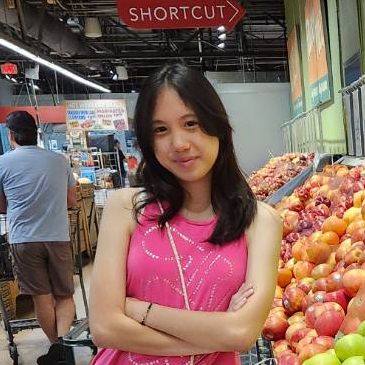Growing up exposed to different countries and cultures, Lena Boas ‘25 was excited to share her knowledge with others ever since her childhood. However, she soon realized that many of her peers in the United States didn’t have the same learning opportunities. Her research showed that the geographic literacy of American students paled in comparison to other countries, despite an ever-increasing importance of knowledge of modern world affairs.
“That was one of the big root causes that I wanted to tackle: lack of geography [and culture] instruction taught in schools,” Boas said.
So, as part of her Girl Scout Gold Award Project, Travel the World: Countries and Cuisines, Boas set up interactive fall and spring semester workshops at local elementary schools, recruiting presenters to represent countries from six of the seven continents. By the end of the sessions, the elementary school students’ knowledge of the featured countries had increased to near-perfection.
Boas held her last workshop of the year at St. Francis School on April 20, although she plans to continue her reflection and analysis of the sessions until June, when she hopes to complete her project and finally claim the prestigious Gold Award. The Gold Award requires Girl Scouts in high school to complete projects that develop long-lasting solutions to local or global issues.
“The Girl Scout Gold Award is the highest award that you can get in Girl Scouts,” Boas said. “I’ve done the Bronze Award, I’ve done the Silver Award, and now I’ve [almost completed] the Gold Award. This is my final step.”
In each workshop, an experienced student presented an overview of their continent before focusing on a specific country, which they explained in-depth. The workshops covered Germany, Mexico, India, Australia, Ecuador, and Ethiopia.
“I thought [it] was really important to have a subject matter expert or representative from each country,” Boas said.
Boas also made sure to invite as many student speakers as possible in order to align her project with a student outreach approach.
“Students could just go online and watch a video about the country, but what made the program so unique was having presenters that were their age or a little bit older, so [that] they had people to look up to,” Boas said. “Those role models were really important for the kids to learn more about those countries and pay attention.”
In order to contextualize the students’ learning, Boas arranged for the presenters to talk about their personal experiences and incorporate cooking and eating food from their countries into their presentations.
“For Ethiopia, although we didn’t make any food, there’s an Ethiopian restaurant five minutes away from the school called Habesha and we ordered food [from there],” Boas said. “The presenter’s name was Sirak and he came with his parents and his brother and they talked all about life in Ethiopia and what that was like. They also brought different food for the kids to try.”
The addition of food required an extra layer of planning from Boas and the other presenters, who met multiple times on Zoom and in-person to finalize their plans for presenting the recipes and teaching the younger students how to cook them. Boas coordinated with Laurel Mountain Elementary (LME) enrichment coordinator and project advisor Jessica Vance to map out the project and iron out details such as reviewing presentation content, securing teacher and parent volunteers, reserving rooms and supplies, and ordering food. Presenters practiced by cooking their recipes at home beforehand in order to prepare for the challenge of cooking in a school setting with 11 fifth graders. Finally, Boas ensured that the students would keep an open mind when trying foreign food.
“Some kids had never tried food from other countries so it was important to remind them to be respectful,” Boas said. “I went into that before we did any of the workshops or any of the presentations. There was an emphasis not to call any food weird or gross but just to say that it’s different. I think there was that aspect of teaching kids ways to express their feelings about food that they might not like.”
All of the presenters also brought props so that the students could see and interact with actual items from the featured countries in addition to listening to the presentations and participating in cooking. Boas herself brought cultural items to use in her presentation of Europe and Germany, and so did her fellow presenter Audrey Lee ‘25.
“All the presenters brought things that are important to them,” Boas said. “For Germany, I brought a globe for each of [the students] and showed ‘school cone’, which is a tradition that I talked about in my presentation. I [also] showed traditional German clothes, lederhosen that my dad wore, and a dirndl that I wore when I was little. Audrey, [whose family is] from Mexico, brought a picnic blanket that was super bright and festive that they display for festivals.”
Boas’ four fall sessions took place weekly at LME from Oct. 13 to Nov. 3, 2023. Due to past hands-on activities and an abundance of supplies including ovens, the fifth graders had prior knowledge of cooking.
“They have the Preserve, which is this huge outdoor space where they can play,” Boas said. “They’ve been cooking at school for a while, so they were comfortable squeezing lemons and cutting a variety of different things. It was really nice to have that.”
The spring workshop was formatted differently, with five different countries presented in one night at St. Francis. The sessions were part of an after-school activity called Grown Up Night Out, where the school raised money for the eighth graders to go on a school trip to Italy. Parents paid the school to watch their children, allowing them to attend a variety of hosted events, including Boas’ Travel the World, during which presenters held 15-20 minute presentations about their countries.
“For two of the countries, we cooked: for Germany we made pretzels and for India we made mango lassis,” Boas said. “I think it was good to have two different ways of presenting these workshops. At Laurel Mountain, it was nice to have one day per country, but it was a little difficult to cram four or five into one night [at St. Francis], and I think in the future, I would maybe do two countries in a night. That way, we could spend more time on them so the kids don’t get so overwhelmed.”
In both the fall and spring sessions, Boas administered surveys before and after the workshops to gauge the students’ learning. The surveys covered landmarks, traditions, capital cities, and other content-related, general questions. Her results demonstrated significant learning improvements, and in the evaluation section, many students said that they wanted to do the workshop again if possible.
“91% of [students] highly recommended [the workshops],” Boas said. “And it’s important not only to look at the numerical value but also the human aspect: lots of [students] said they liked how I brought in different people each time.”
Boas also received positive feedback from parents, who wrote her emails about how their children enjoyed the workshops.
“I actually just received an email from a parent that wanted the recipe for the Ethiopian food because they really liked it,” Boas said.
Additionally, Boas herself was able to learn new facts through her project.
“I loved learning about places presenters had been to or where their families were from,” Boas said. “I learned a lot of traditions and a lot of history that I didn’t know so I felt like I learned a lot. [For example], I learned that a popular dish or delicacy in Ecuador is guinea pigs and that the oldest human fossils in the world originate from Ethiopia.”
Through the process of working and cooking alongside elementary school students, Boas and the presenters also learned about flexibility and presenting skills, which were prominent components of the workshops. In addition to her learning, Boas reported several highlights of her experience, including returning to Laurel Mountain, where she had attended elementary school, and interacting with motivated students she was able to forge personal connections with by the end of the workshops.
“What was really important was that the kids chose to be there,” Boas said. “There were multiple different options they could choose [from], so all the kids in this pathway wanted to be there and were interested in learning about other countries and asked really important questions.”
Boas believes that the students’ curiosity about different cultures partially drove the success of the presentations.
“The [students] really put in their full effort to learn more about different cultures and they were very open,” Boas said. “I think that’s something that really stuck with me because I think that’s something that the rest of the world can learn from kids, because kids can be pretty open and try a lot of things.”
Boas is still looking for ways to expand her project in the future by connecting to different elementary schools with the help of IB coordinator Christin Key, who she has been working with to connect to IB feeder schools due to the program’s international focus, which aligns with the core values of Boas’ project.
“I started this project from the ground up with the intention of making it part of my Gold Award,” Boas said. “I’ve been in Girl Scouts since kindergarten and stuck with it through all my troops. Ever since I was little, it’s always been one of my big goals to do my Gold Award.”
For more information, refer to Boas´s website by clicking here.


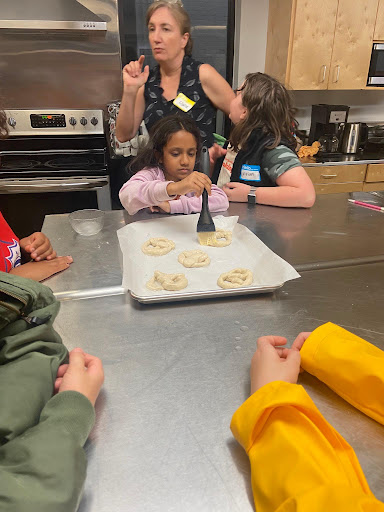
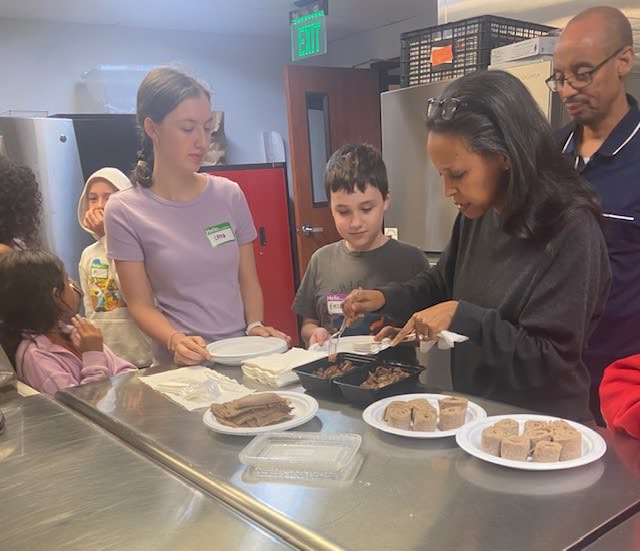
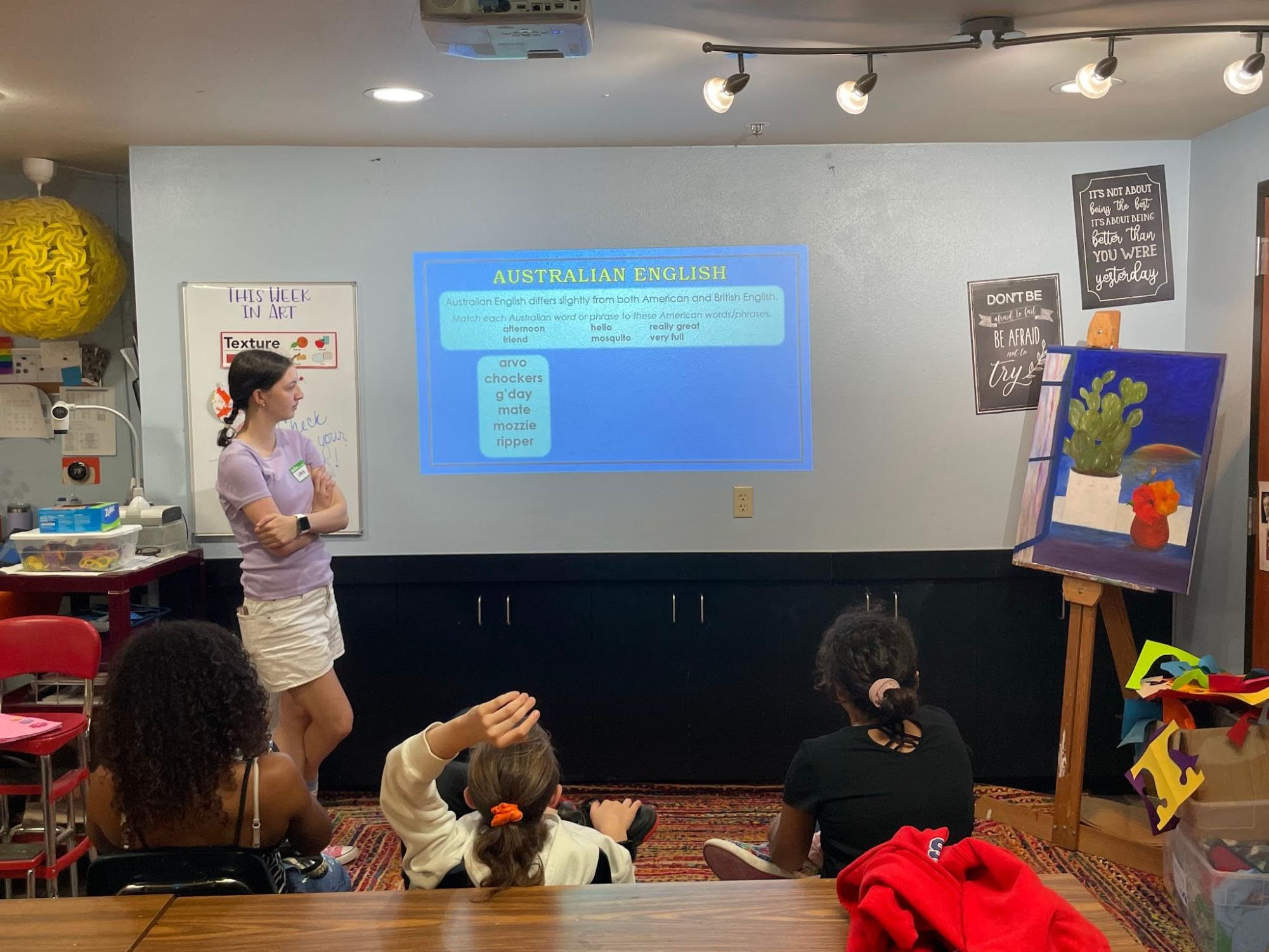
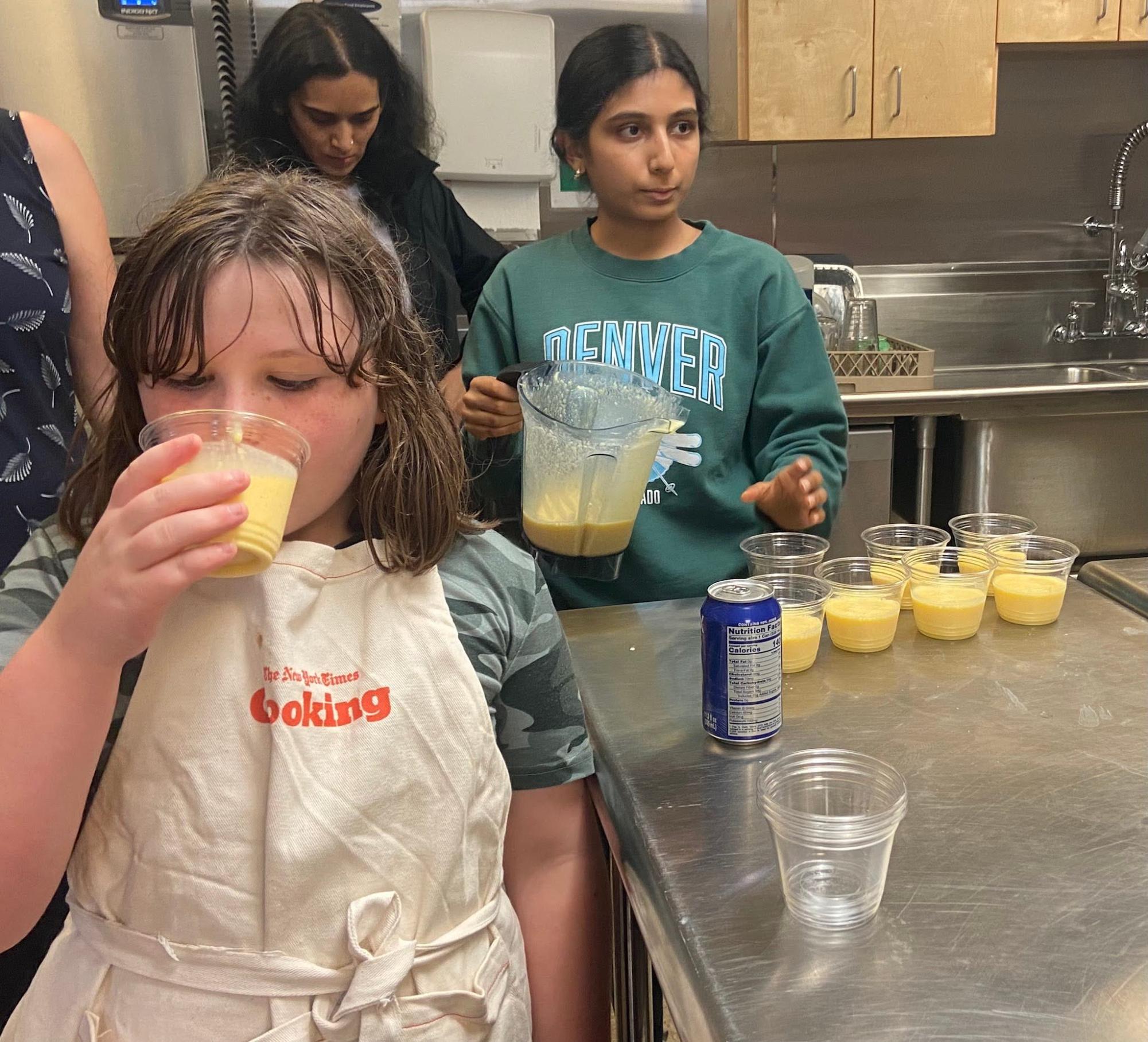
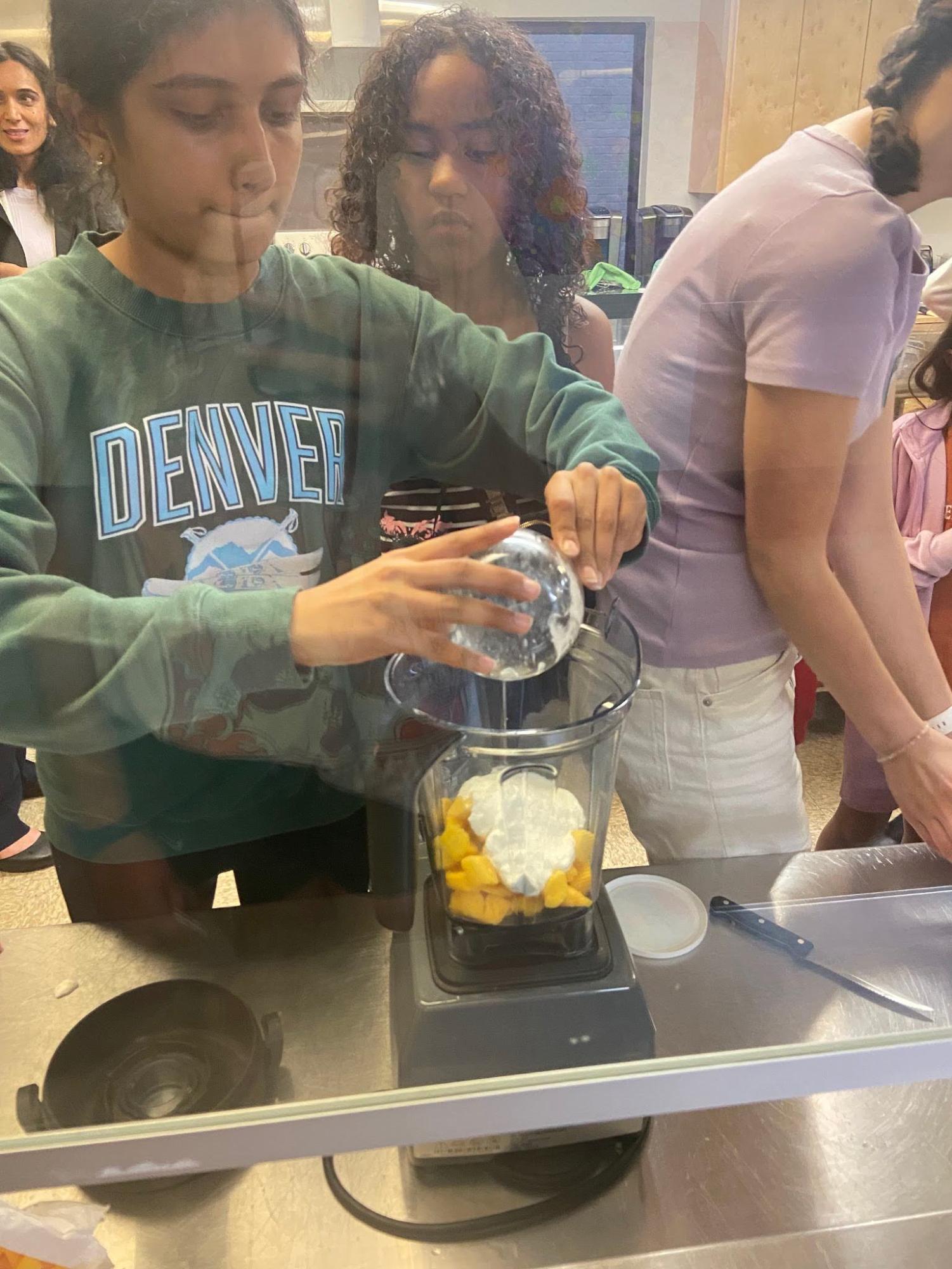
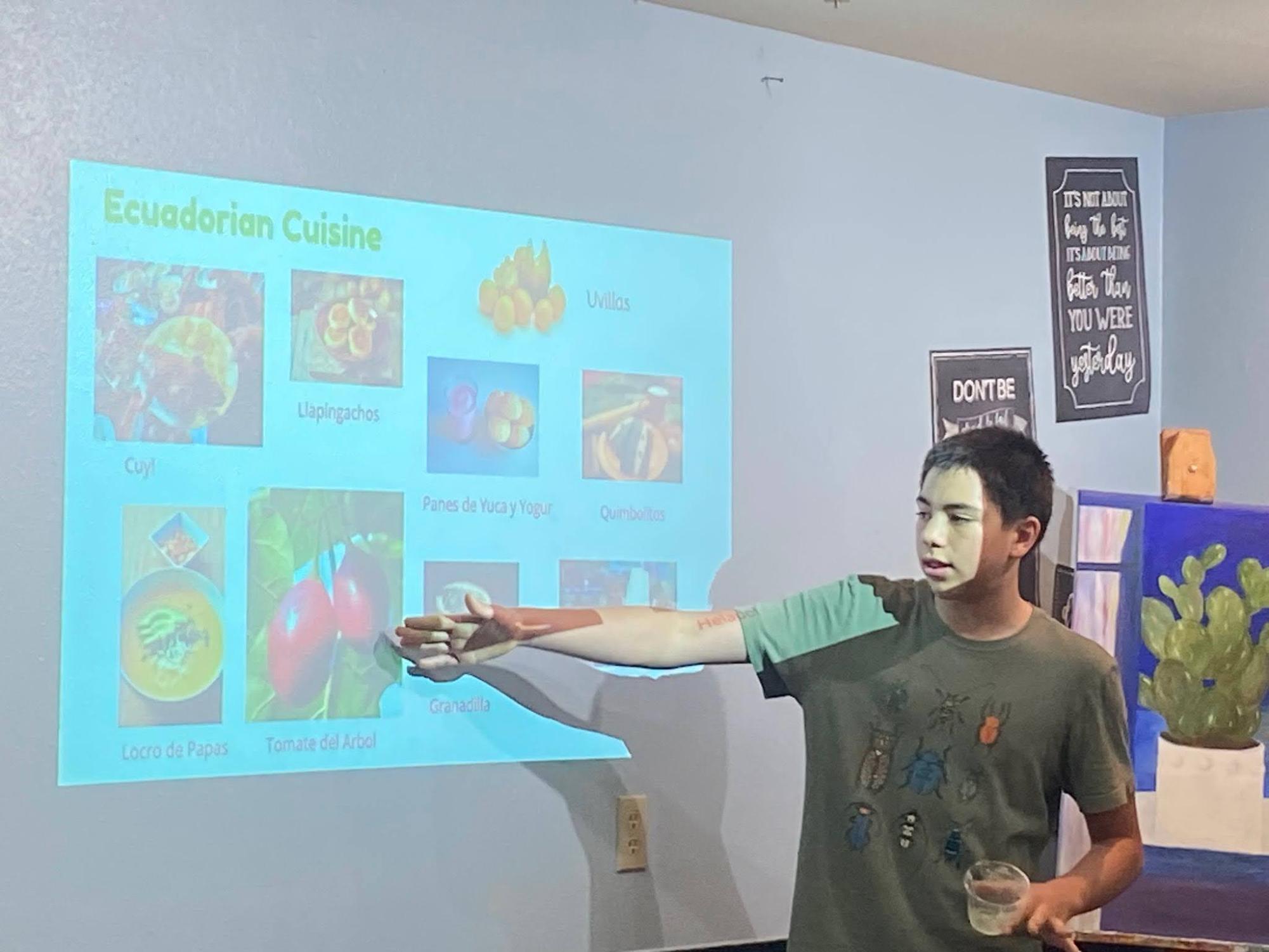
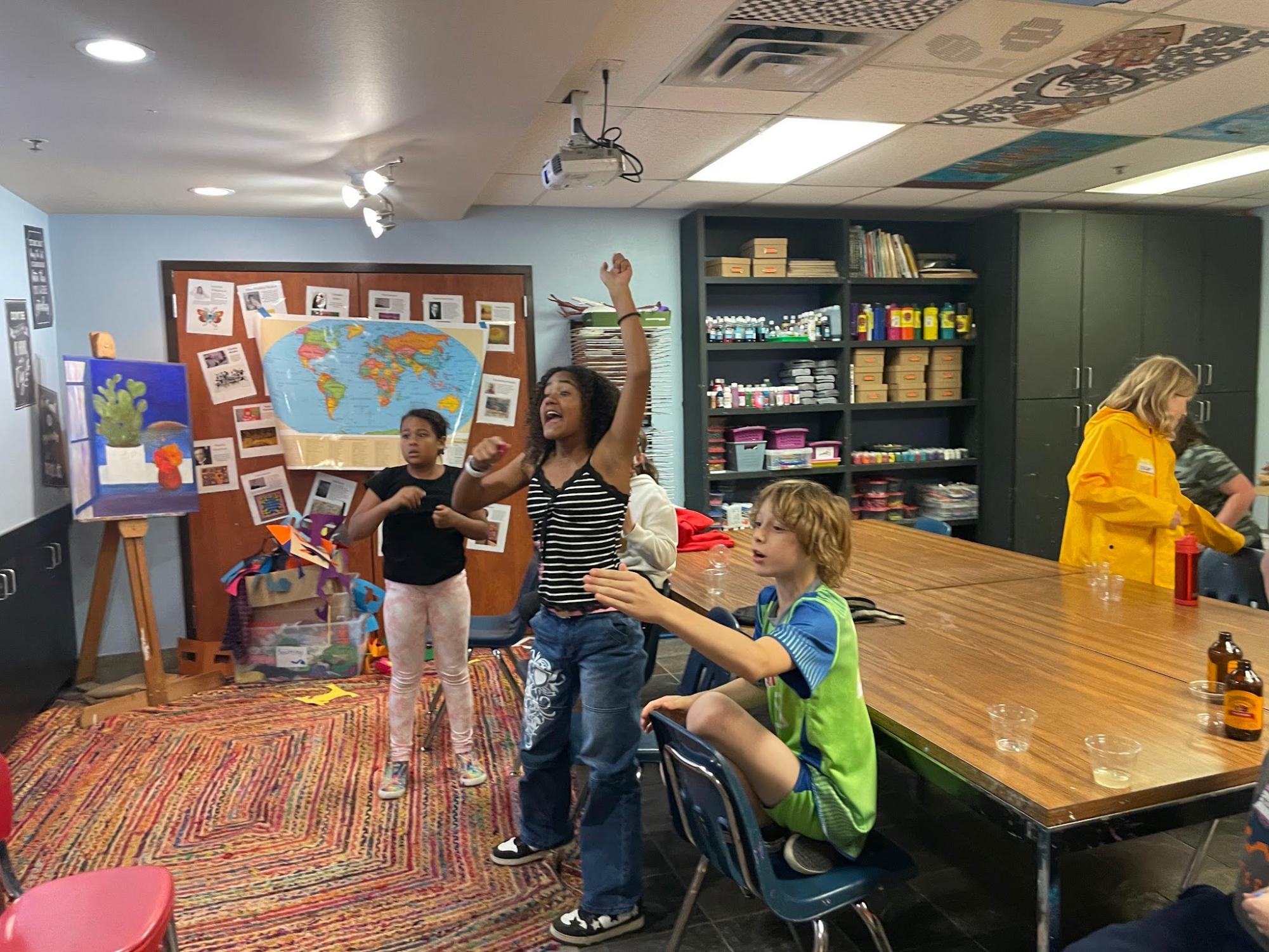
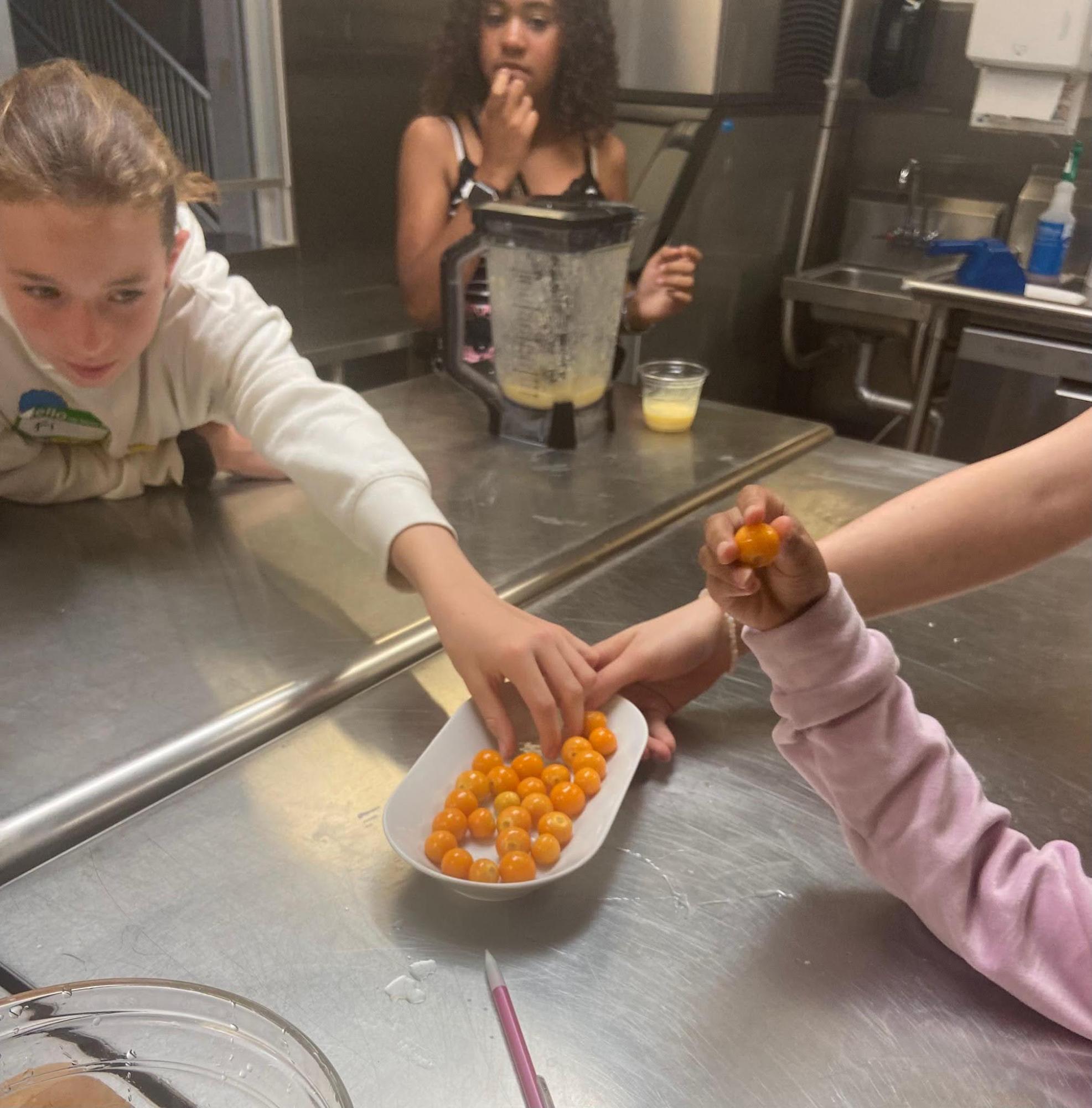
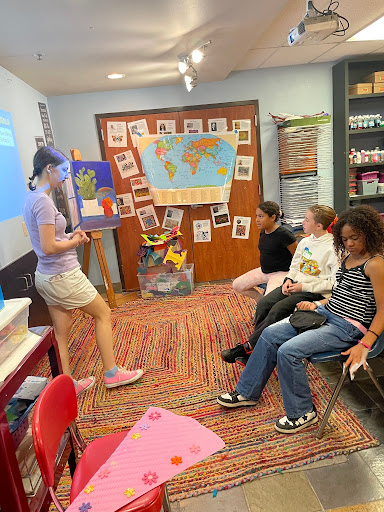
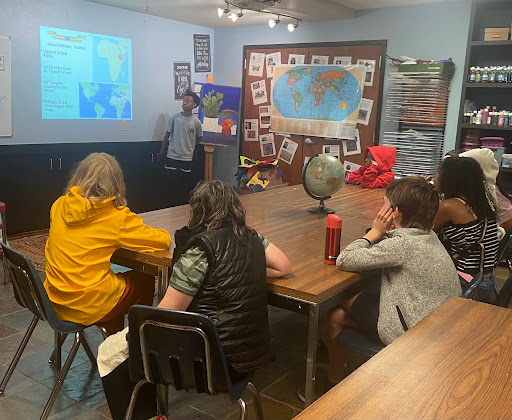
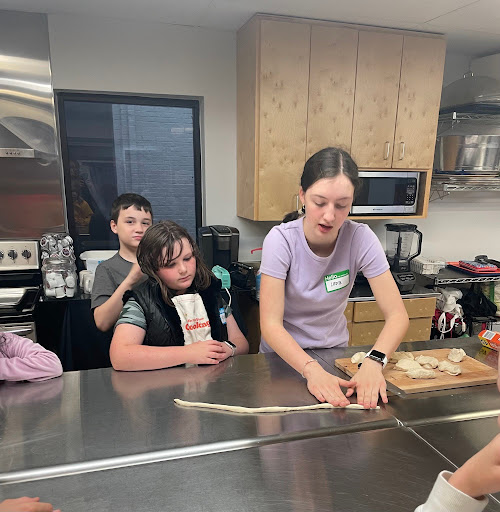
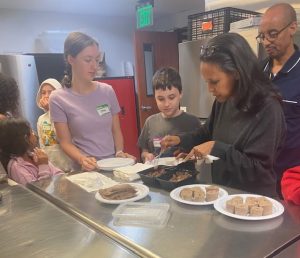
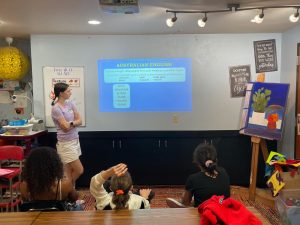
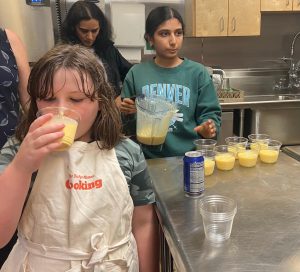
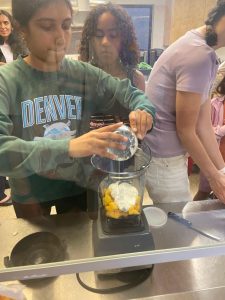
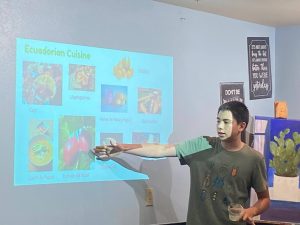
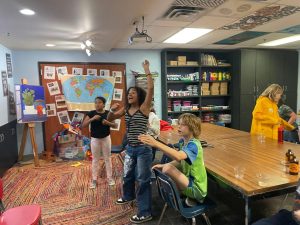
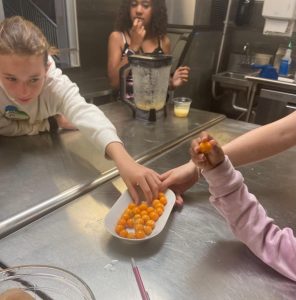
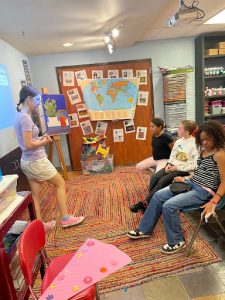
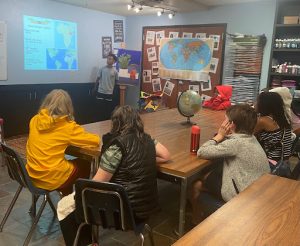
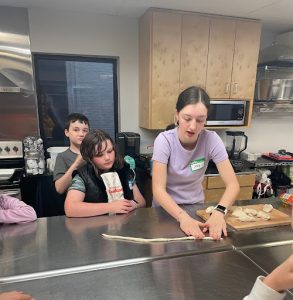
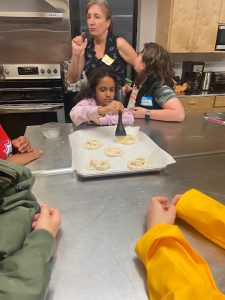


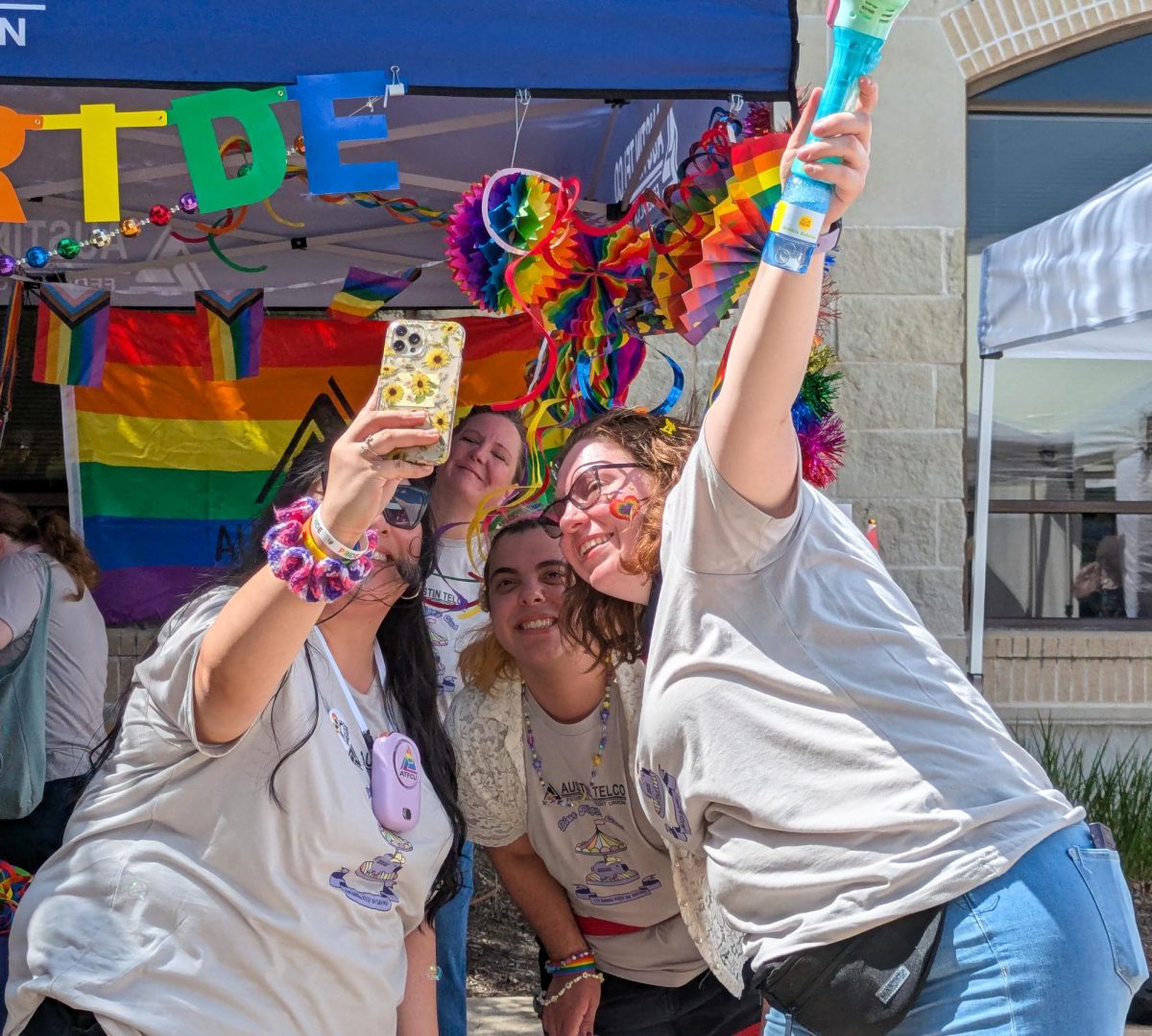
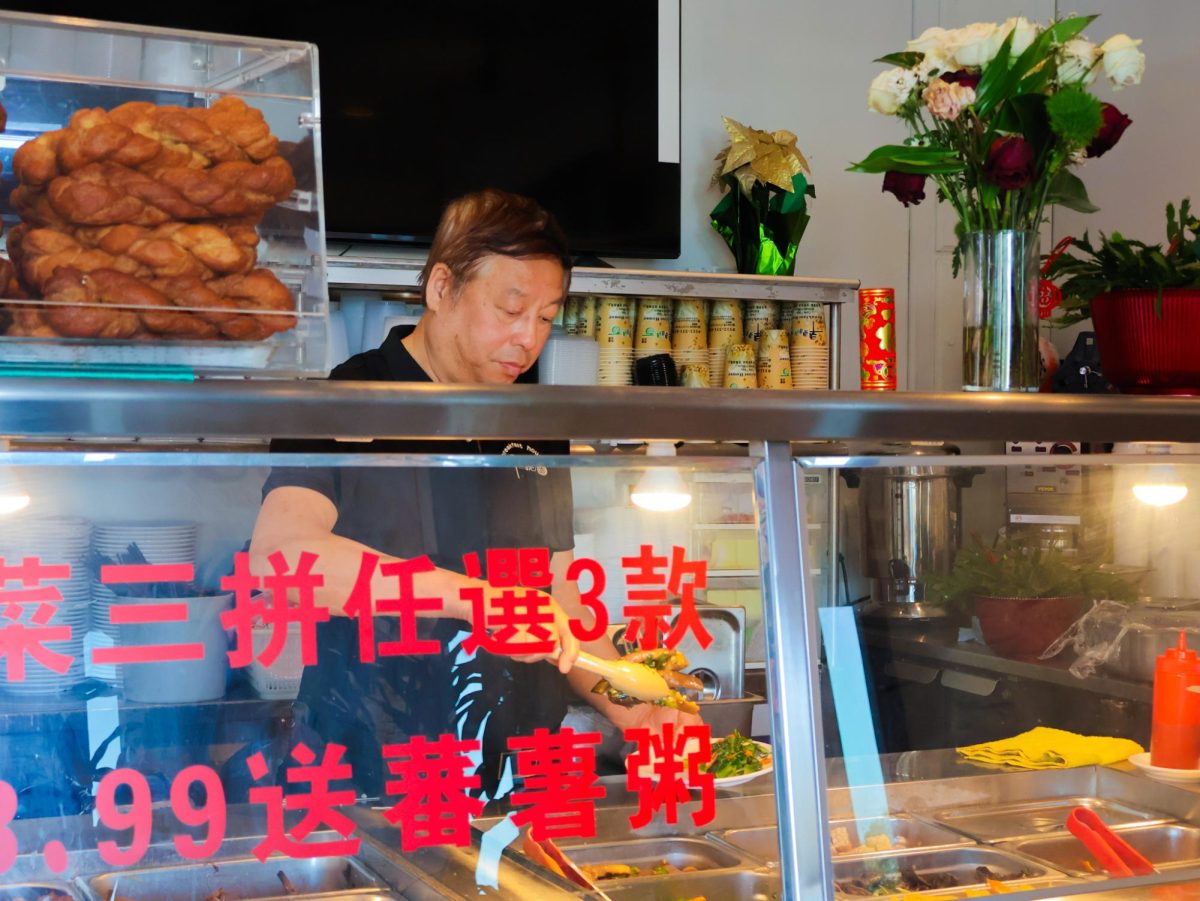

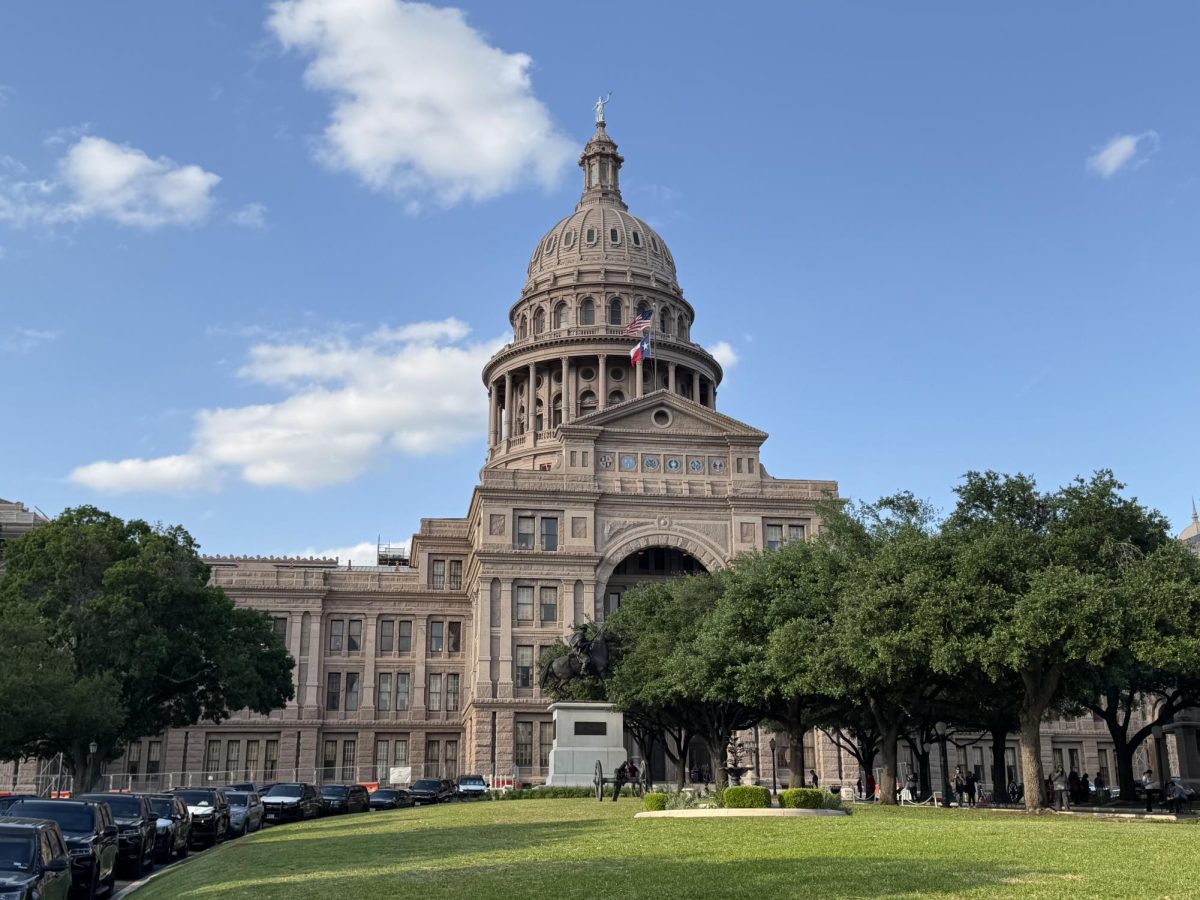

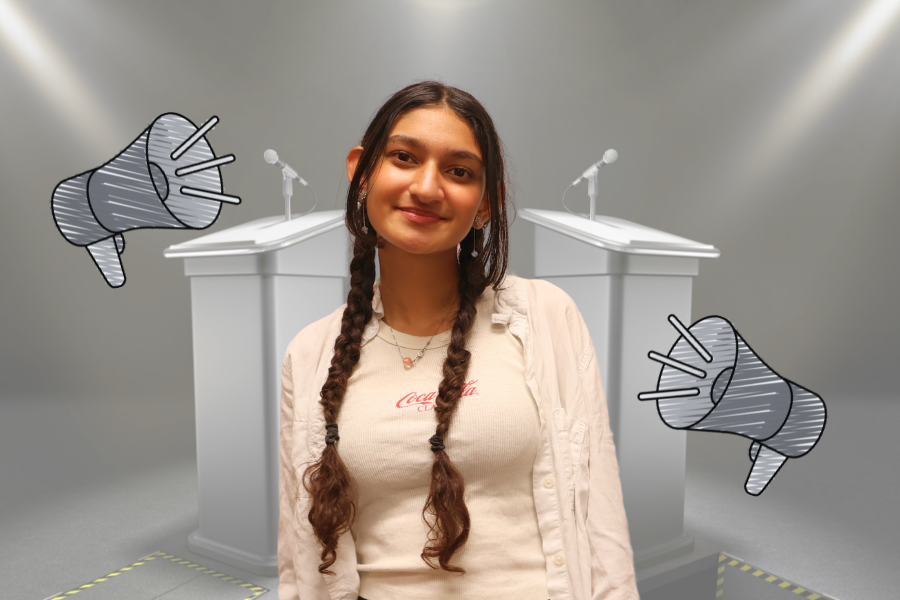
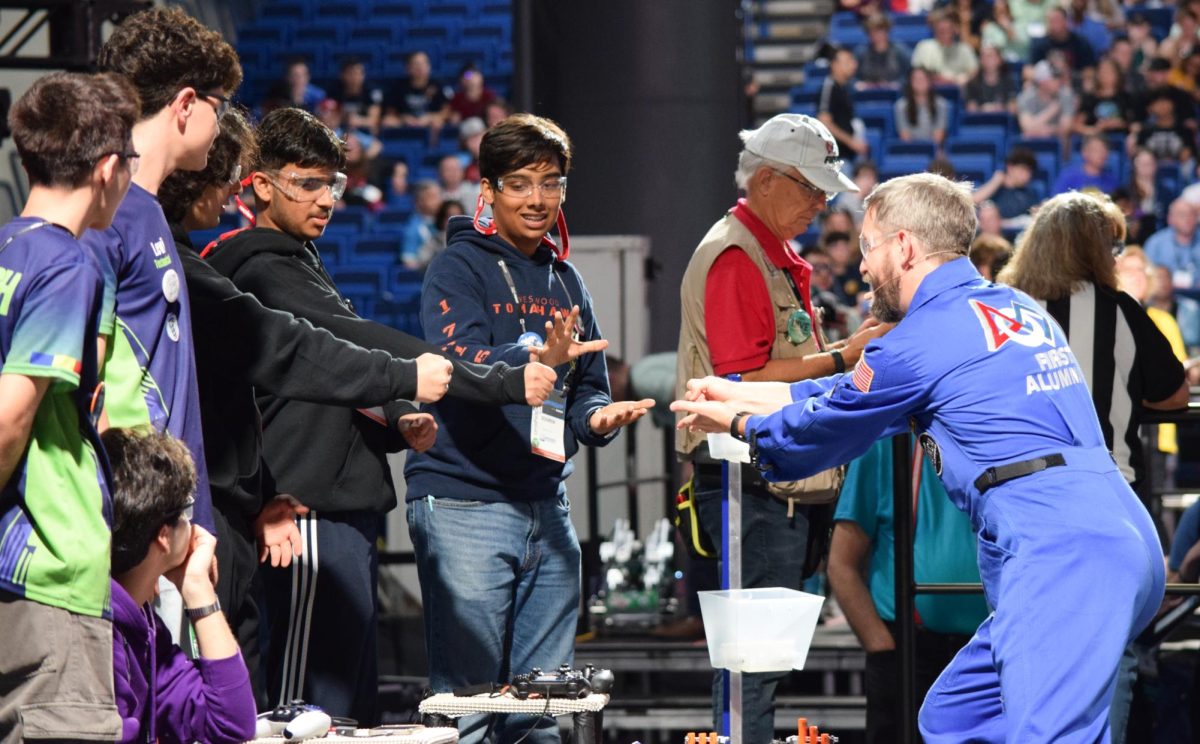
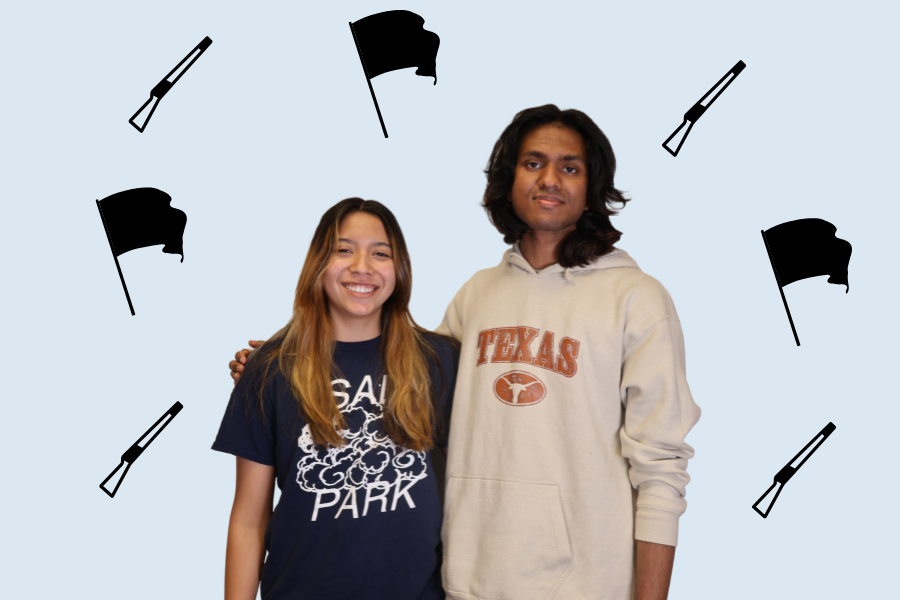
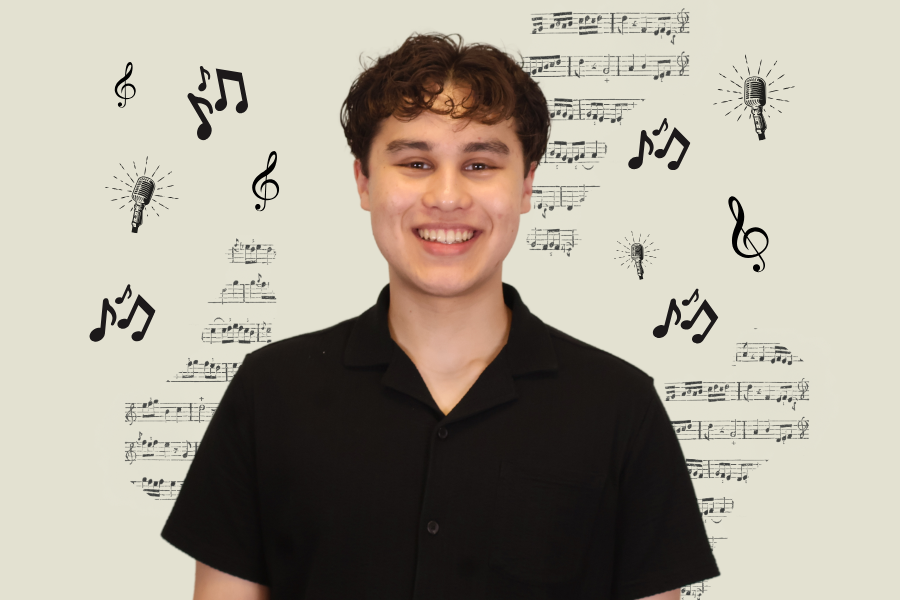


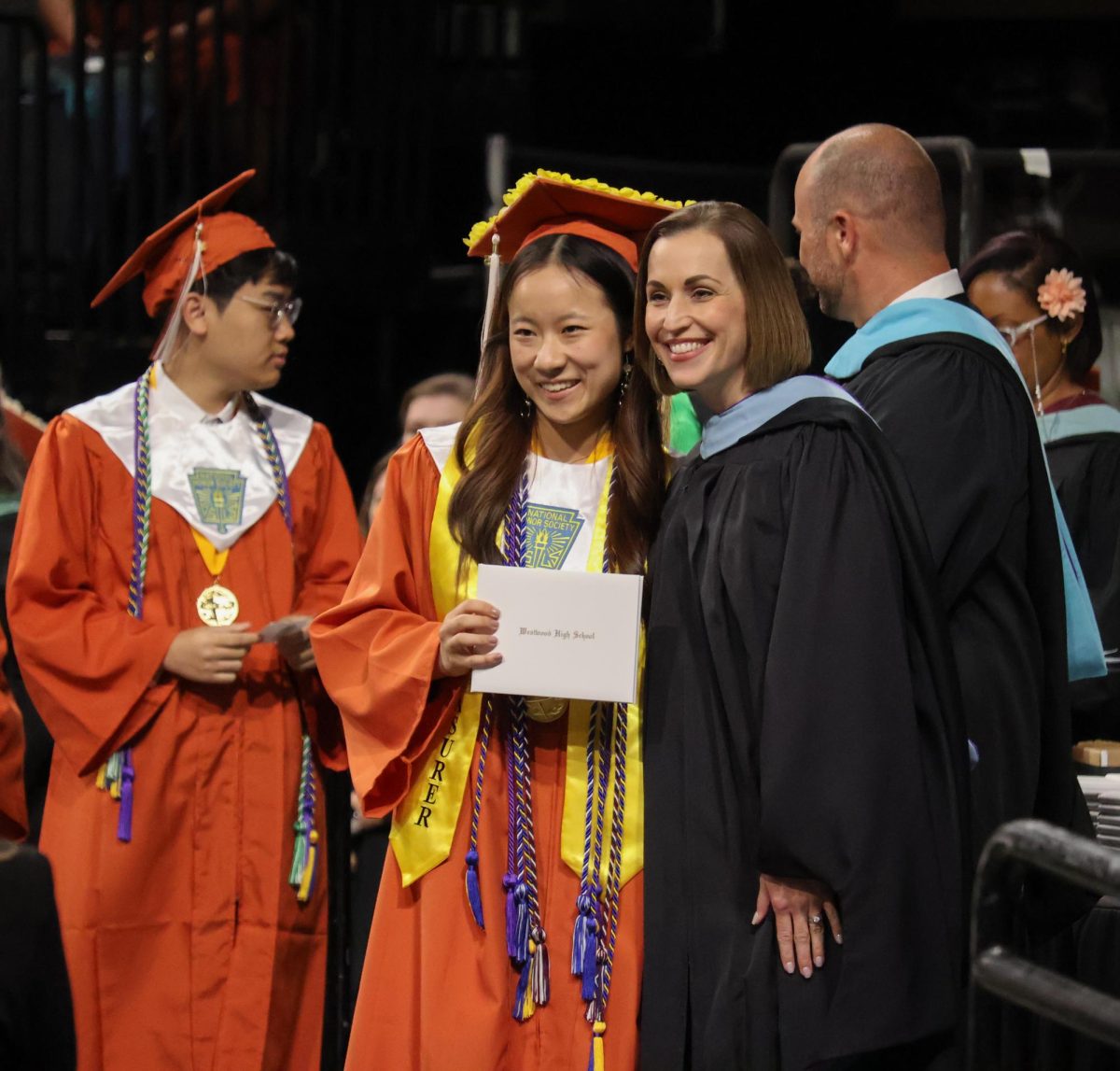
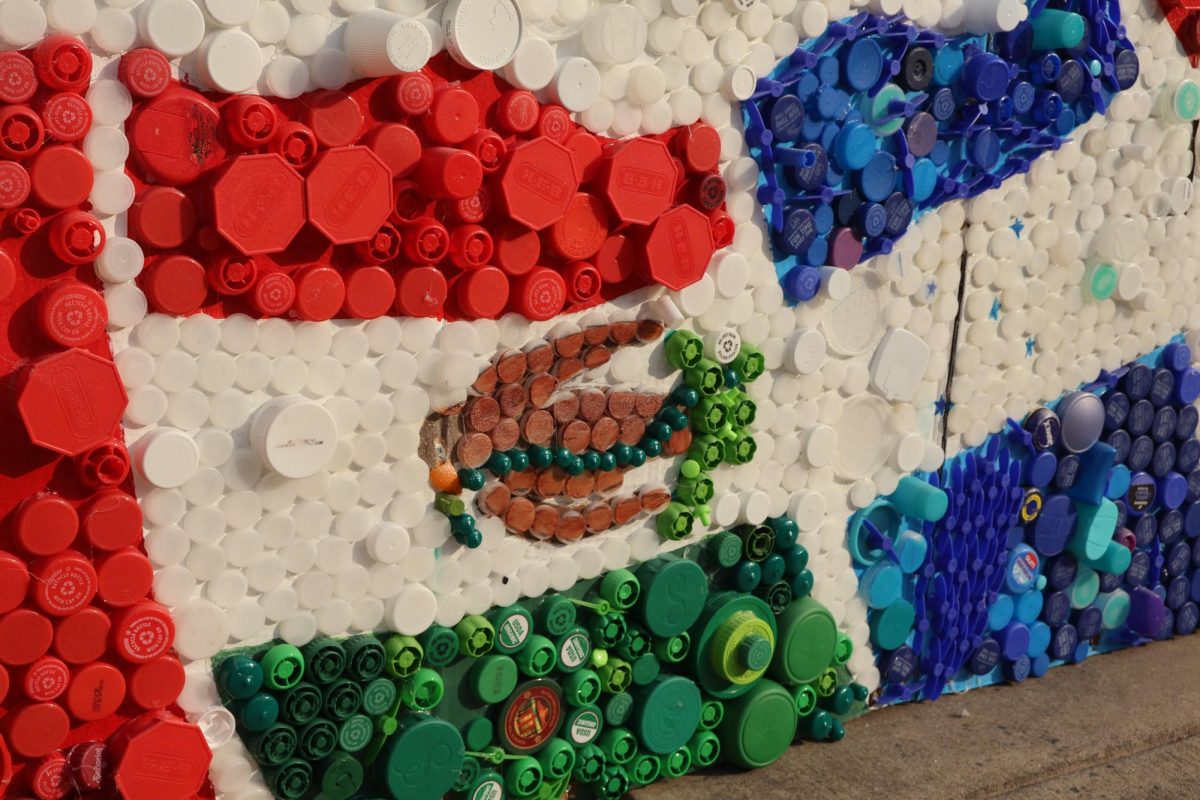

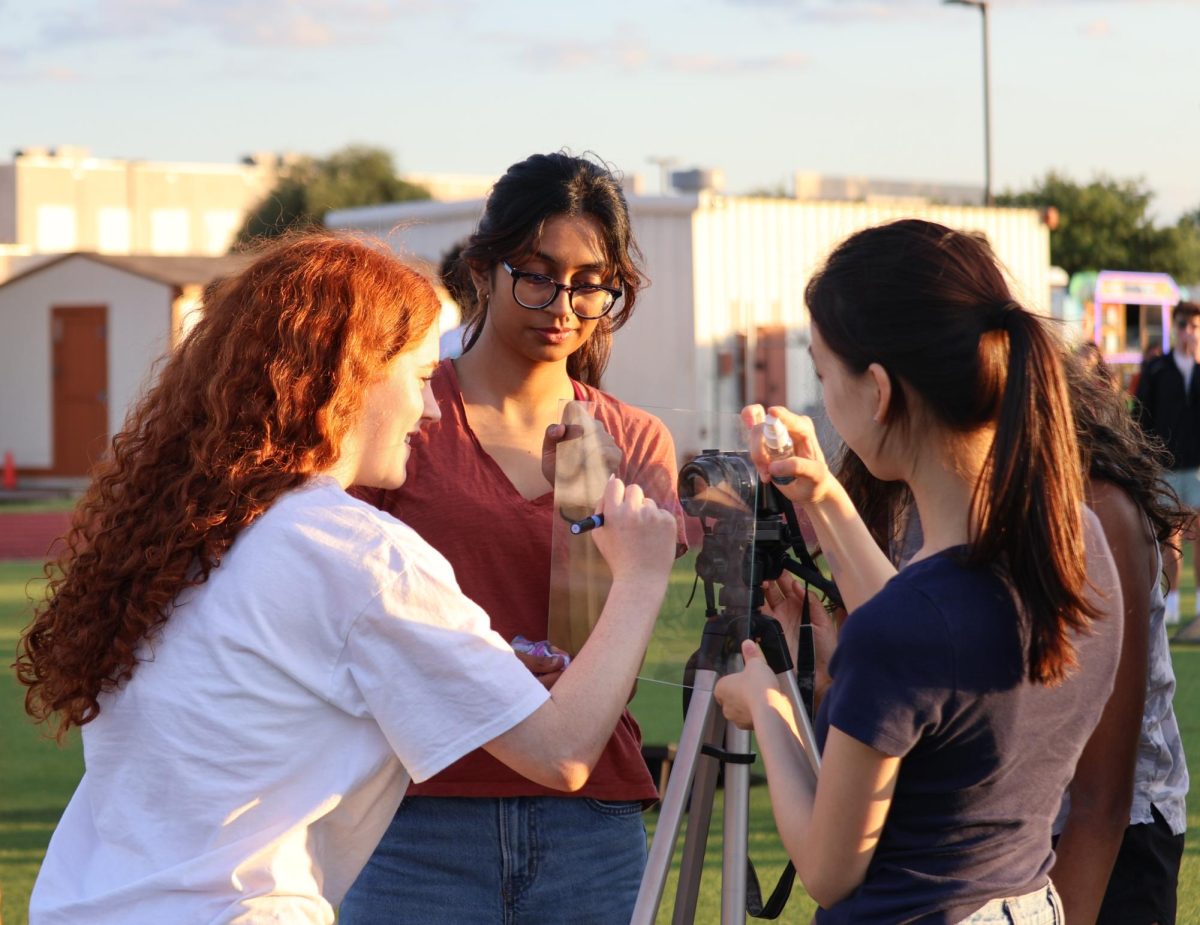
![Holding her plate, Luciana Lleverino '26 steadies her food as Sahana Sakthivelmoorthy '26 helps pour cheetos into Lleverino's plate. Lleverino was elected incoming Webmaster and Sakthivelmoorthy rose to the President position. "[Bailey and Sahiti] do so much work that we don’t even know behind the scenes," Sakthivelmoorthy said. "There’s just so much work that goes into being president that I didn’t know about, so I got to learn those hacks and tricks."](https://westwoodhorizon.com/wp-content/uploads/2025/05/IMG_0063-1200x1049.jpg)
